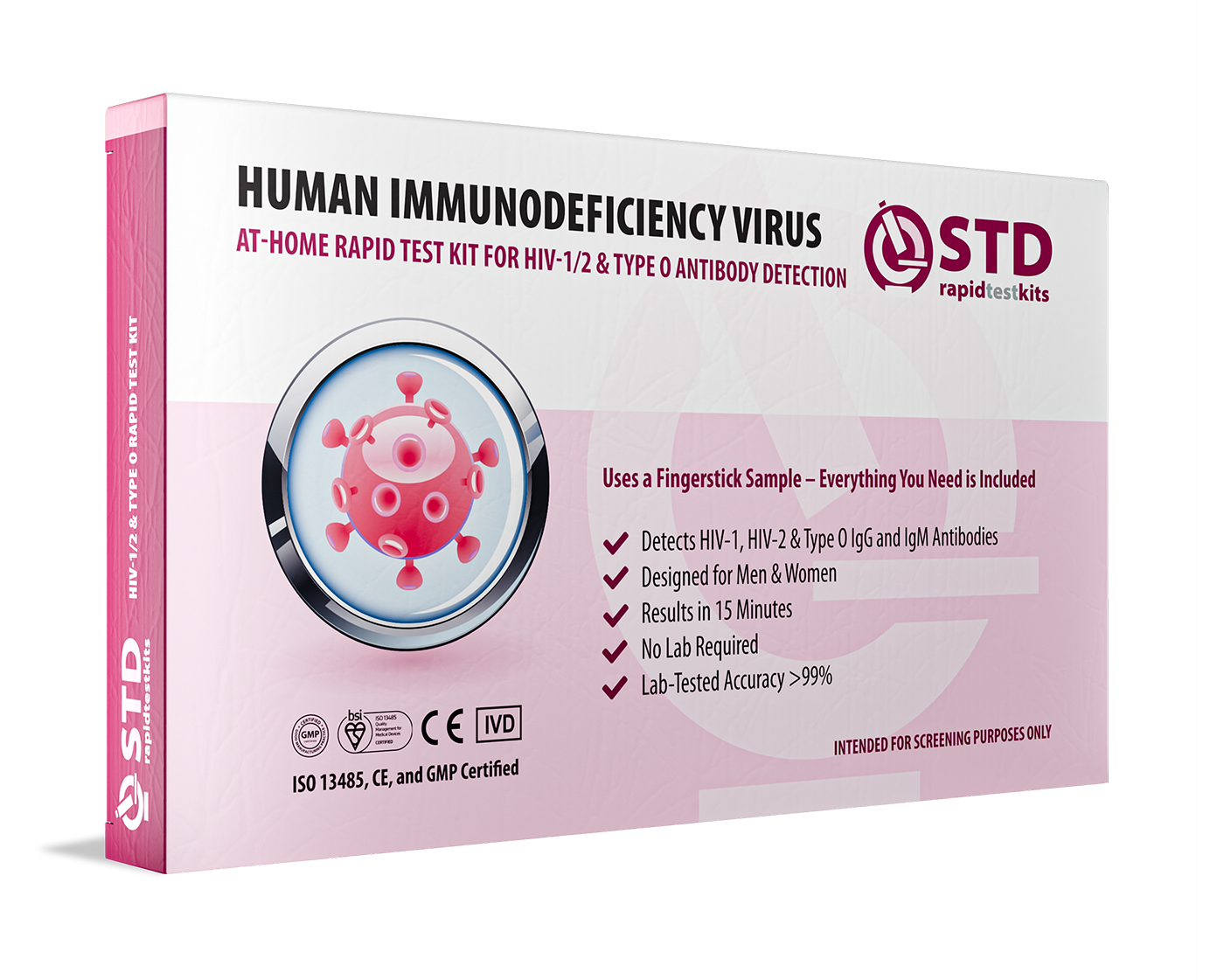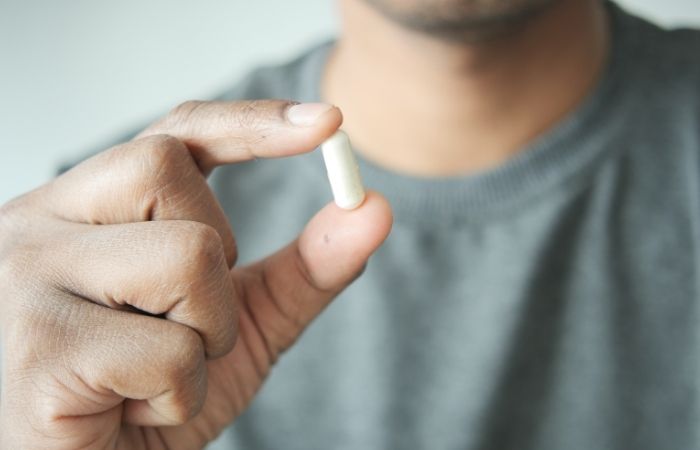The ZIP Code Test: How Where You Live Predicts Your STD Risk
First, What Are PrEP and PEP?
PrEP: Pre-Exposure Prophylaxis
As a daily medication, pre-exposure prophylaxis (PrEP) is for individuals who are at a very high risk of becoming infected with HIV. By using PrEP every day, the person can reduce the risk of infection up to 99% with sexual intercourse, while people who inject drugs have been known to experience a reduction by at least 74%. The best type of PrEP is one taken as prescribed, in that it acts like a firewall, preventing HIV from making its home within your body.
PEP: Post-Exposure Prophylaxis
On the other hand, PEP is one type of medication that is taken after a possible exposure to HIV, for which there is an antiretroviral drug treatment for 28 days continuously, starting within 72 hours of exposure. In the unfortunate cases of unprotected sexual activities, sharing needles, and sexual assault, PEP is a vital tool against the spread of HIV infection.
While PEP is a type of pre-exposure prophylaxis that allows protection after exposure, PrEP is a method of prophylaxis taken beforehand to prevent infection. They both combine in providing an entire intervention approach in the prevention of HIV and also give the owner control over personal health by the use of such medicines.

What Role Do PrEP and PEP Play in the Prevention of Sexually Transmitted Diseases?
More Protection Beyond the Virus of HIV
Both pre-exposure prophylaxis (PEP) and pre-exposure prophylaxis (PrEP) are primarily intended to prevent HIV; however, their introduction has led to an increase in awareness and education regarding sexually transmitted diseases (STDs) in general. It is common practice for physicians to utilize conversations regarding pre-exposure prophylaxis (PEP) and pre-exposure prophylaxis (Pre-EP) as chances to introduce patients to other methods of preventing sexually transmitted diseases (STDs), such as the use of condoms and vaccinations against diseases like hepatitis B and HPV.
Reducing the Stigma Associated with STD Prevention
One of the major impacts of both PEP and PrEP is the reduction of stigma associated with the prevention of sexually transmitted diseases. Conversations regarding sexual health have been more familiar due to such treatment; thus, it will be easier for people to seek help and access services without fearing judgment.
Empowering Communities That Are In Danger
Those from marginalized groups—because of which vulnerability to HIV is heightened, including LGBTQ+ people, sex workers, and people who inject drugs—have benefited greatly from the use of pre-exposure prophylaxis (PEP) and pre-exposure prophylaxis (PrEP). These medications enable at-risk populations to take steps toward protecting their health by arming them with effective prevention tools.
Order Now $33.99 $49.00 Check Your STD Status in Minutes
Test at Home with Remedium
HIV Rapid Test Kit




Contradictions and Barriers to Be Overcome
Problems of Accessibility
Despite the fact that these medications are effective, many people continue to struggle to obtain PrEP and PEP. Several factors can present challenges in the form of cost, lack of insurance coverage, and limited availability in rural areas. It is necessary to call for more access and programs provided under the government to ensure all those who need these medications can come out and get them.
Various Misconceptions Regarding Its Effectiveness
The unfortunate misunderstanding seems to be prevalent: PEP and PrEP provide complete protection against all STDs. While they are truly effective at preventing HIV, neither medication protects individuals from other STDs, including chlamydia, gonorrhea, and syphilis. The practice of safe sexual behaviors and regular testing cannot be stressed enough.
The Practice of Taking Medication
Both PrEP and PEP are only effective if they are followed to the letter. Due in large part to the fact that missing doses can weaken the protective benefits of the medication, it is considered crucial that users have access to education and assistance in staying on track.

How to Incorporate Preventive and Post-Exposure Prophylaxis (PEP) into a Comprehensive Sexual Health Plan
Testing on a Regular Basis with STD Kits for the Home
Regular testing for STDs is important for good sexual health. Testing with home STD test kits is convenient and private, especially for individuals who are on PrEP or PEP procedures. These tests will screen you for some of the most common diseases, such as chlamydia, gonorrhea, and syphilis, to give you the most accurate information about your current state.
Employing Multiple Modes of Prevention
Despite the fact that PrEP and PEP are powerful tools, they work best when applied in concert with other modes of prevention. Condom use, vaccination against hepatitis B and human papillomavirus (HPV), and frank communication with sexual partners are integral parts of a comprehensive approach.
Getting Professional Help to Maneuver Through the Intricate Processes
Professional help may be sought in maneuvering through the intricacies involved in using PrEP and PEP through consultations with healthcare professionals as well as through community services. Offering financial assistance, counseling, and support groups, several organizations aim at ensuring individuals make informed choices about their sexual health.
Comments Supported by Statistics
The Use of PrEP and Its Effectiveness
- Since its debut, pre-exposure prophylaxis (PrEP) has been taken by more than two million people all over the world. In regions with high adoption rates, there has been a considerable reduction in the number of new HIV infections recorded.
- The use of pre-exposure prophylaxis (PrEP) on a daily basis has been shown to lower the risk of HIV infection through sexual activity by as much as 99%.
PEP When It Is Crucial
- In about 81% of situations, PEP has been proven to prevent HIV infection if taken within 72 hours after the virus has entered the system.
- Regarding the need for PEP as an emergency, global health organizations emphasize the need to increase awareness about it.
Impact on Public Health
- It is worth noting that those countries that have implemented PrEP and PEP programs on a large scale have recorded a decline in the rates of HIV transmission, thus showing the relevance of these drugs in public health activities.

Prevention of Sexually Transmitted Diseases in Future
But this is only the start in a wider paradigm shift in the prevention of sexually transmitted infections: PrEP and, subsequently, pre-exposure prophylaxis are both mere starting points. We could only expect further improvements in research, involving long-acting medications, vaccinations, and technologies for the ease of prevention to become more accessible and effective.
A Debunking of the Most Common Myths Regarding PrEP and PEP
- Myth 1: Using PrEP or PEP means you won't have to use condoms anymore.
- Reality: Despite their excellent efficacy in preventing HIV, these drugs do not protect against other STDs.
- Myth 2: PrEP and PEP are only available for a selected few populations.
- Reality: Contrary to this belief, these drugs are available to anyone who may be exposed to HIV, irrespective of sexual orientation or gender identity.
- Myth 3: PrEP and PEP are too expensive to pay for.
- Reality: These medications are covered under a wide range of programs and insurance plans. People who cannot afford the drugs have access to assistance programs.
FAQs
1.- What Is PrEP?
Pre-exposure prophylaxis, often known as PrEP, is a medication that one takes daily and is designed for individuals who are at a very high risk of becoming infected with HIV. The risk of acquiring HIV via sexual transmission is reduced by as much as 99% if taken according to the approved dosage.
2.- What Is PEP?
Post-Exposure Prophylaxis, or PEP, is a type of emergency treatment after one has been exposed to the possibility of getting HIV. It consists of a 28-day course of antiretroviral medication that has to be started within 72 hours of exposure if it is to be effective.
3.- Can PrEP and PEP Prevent Other Sexually Transmitted Diseases?
Not at all. Both PrEP and PEP are intended only for the purpose of preventing HIV. They do not offer protection against other sexually transmitted diseases (STDs), such as chlamydia, gonorrhea, or syphilis. Safe sexual practices, such as the use of condoms and regular STD testing, are still very important.
4.- Who Should Think About Taking PrEP?
PrEP is recommended for individuals in the following groups:
- Those with multiple sexual partners.
- Individuals engaging in unprotected sex.
- Intravenous drug users who share needles.
- People with HIV-positive partners whose viral load is unknown or detectable.
5.- When Should PEP Be Used?
PEP must be used in emergency situations, such as:
- Unprotected sexual intercourse with an HIV-positive partner.
- Sharing needles.
- Sexual assault.
It is most effective when initiated within the first 72 hours after exposure.
6.- What Are the Side Effects of PrEP and PEP?
Nausea, headaches, and fatigue are some of the common side effects that one may experience. Most of the time, these are mild and temporary. If you suffer from severe side effects, it is important to speak with your healthcare provider.
7.- How Do I Access PrEP and PEP?
PrEP and PEP are available through healthcare providers, sexual health clinics, and some community organizations. Many organizations also offer financial aid or insurance coverage to make these medications more affordable.
8.- Do I Need a Prescription to Use PrEP or PEP?
Yes, a prescription from a qualified professional is necessary for both PrEP and PEP. A healthcare provider will evaluate your risk factors and determine the most effective course of action for you.
9.- How Effective Are PrEP and PEP?
- PrEP: If taken as prescribed, PrEP is almost 99% effective at preventing the transmission of HIV through sexual activity.
- PEP: If started promptly and taken as directed, PEP is approximately 81% effective.
10.- Do I Need to Get Regularly Tested for STDs if I Am Taking PrEP or PEP?
Yes, regular STD testing is essential since PrEP and PEP do not prevent the acquisition of other sexually transmitted diseases. At-home STD test kits provide a convenient and private way to monitor your sexual health.

Take Action
Right now, you should take charge of your sexual health. Participate in pre-exposure prophylaxis (PEP) and pre-exposure prophylaxis (PrEP) programs to maintain your protection, educate yourself on methods for preventing sexually transmitted diseases (STDs), and incorporate testing into your daily routine. You may protect your privacy, ease, and accuracy in the monitoring of your health with the help of STD test kits that you can use at home. Explore your options and start making decisions based on information collected for a safer tomorrow!
Sources
2. Clinical Guidance for PEP – CDC
3. PrEP and PEP Overview – MedlinePlus
4. What’s the Difference Between PEP and PrEP? – Planned Parenthood










